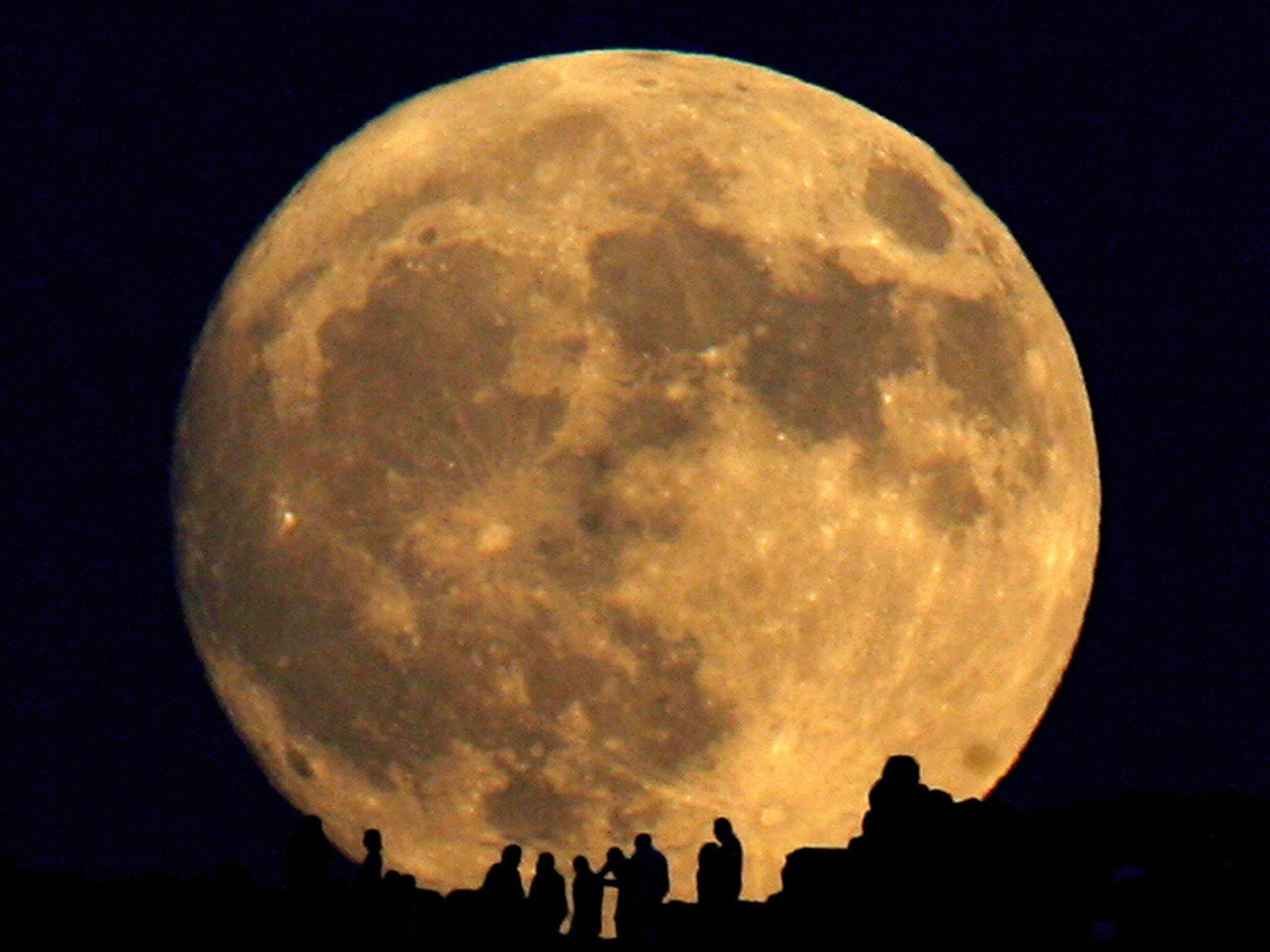Dark side of the Moon: Astronauts in row over naming of craters
William Anders and Jim Lovell - who were immortalised in Apollo 13 - among the first to orbit the Moon in 1968

Can you spot the lunar craters named after the astronauts who were among the first to orbit the Moon? Neither can William Anders and James Lovell – and they’re not happy about it.
The two members of the 1968 Apollo 8 mission have gone public about their anger with the International Astronomical Union (IAU), which is responsible for naming new planets, asteroids and celestial features.
Mr Anders has revealed that, in training for the mission, he named craters along the mission’s orbital path after members of the crew. However, when in 1970 the IAU chose to name different craters in their honour, it picked sites on the “far” side of the Moon, rather than the sites visible from Earth to which the crew were referring.
While the perceived snub happened more than 40 years ago, it only came out into the open this summer when the IAU announced it would from now on take public campaigns to name celestial bodies into account when choosing what to call them. The move served to reopen some old wounds.
In a letter to the New Scientist this month, Mr Anders wrote: “I thought these names would have some priority, but when the IAU honoured our crew with crater names, it picked three craters that were not only well out of sight of our orbital track, but also in darkness at the time of our mission.”
He added: “I wrote to the IAU to try to correct this and even included the flight map. I got brushed off by its bureaucracy – and never got my map back.”
Mr Lovell – credited with the immortal line “Houston, we have a problem” – also wrote to the publication in support of Mr Anders, saying: “The IAU disregarded his suggestions, even though we discovered the craters on the far side of the Moon.”
Mr Lovell continued: “On the near side of the Moon, on the shore of the Sea of Tranquillity, there is a small mountain that had no name. I observed it on Apollo 8 and called it Mount Marilyn, after my wife.
“It was used as the starting point for the descents of Apollo 10 and 11. Although the IAU does not officially recognise the name, it is embedded in space-flight history.”
A spokesperson for the IAU said: “The first I heard of this issue was when journalists called me up about it. The issue is now in the hands of the general secretary.”
The IAU was founded in 1919 and for most of its history it has kept the task of naming celestial features “in-house”. However, in August, the IAU said that in an effort to democratise the system, it would be open to receiving suggestions from individuals or public campaigns. However, the organisation has set strict rules for accepting suggestions from the public.
Rules include the stipulation that names should preferably consist of one word, of 16 characters or less; that the word should be pronounceable in as many languages as possible and not offensive in any language or culture; and that names should not be of a commercial nature. Pet names are also “discouraged”.
There is also the stipulation that the names of individuals and places principally known for political or military activities are “unsuitable”. This is bad news for Mr Anders and his former Apollo 8 colleagues. Among the other names for the Moon’s surface they wanted the IAU to recognise were “America”, “Kennedy” and “Houston”.
Join our commenting forum
Join thought-provoking conversations, follow other Independent readers and see their replies
0Comments